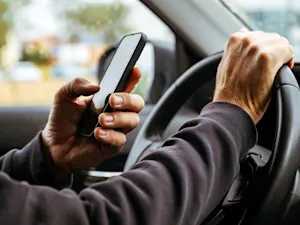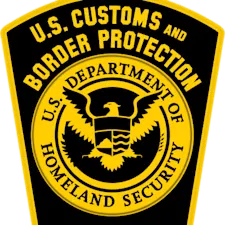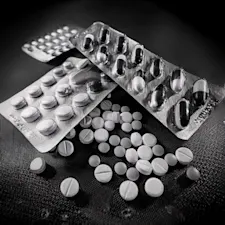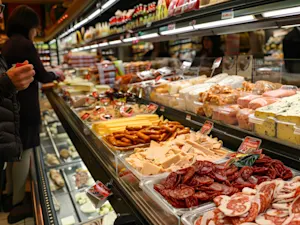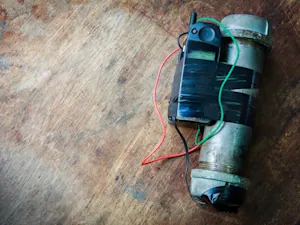
Think Public Wi-Fi Is Safe? Not for Your Bank Account
Public Wi-Fi has become a staple of modern life, offering convenient Internet access at places like coffee shops, airports, and hotels. However, while connecting to free Wi-Fi might be tempting, using these networks for online banking is a serious security risk. Here's why you should think twice before accessing your bank account on public Wi-Fi and how to protect yourself.
The Hidden Dangers of Public Wi-Fi
Public Wi-Fi networks are rarely secure. Unlike private, password-protected networks, public networks lack robust encryption, making it easy for hackers to exploit them. Here are some common threats:
• Man-in-the-Middle Attacks: Cybercriminals use tools like Wi-Fi sniffers to intercept data shared over public networks, including login credentials and account information.
• Fake Hotspots: Hackers can set up rogue networks disguised as legitimate ones. For instance, a network named "Free Coffee Shop Wi-Fi" might actually belong to a scammer sitting nearby.
• Unencrypted Connections: Many public networks do not use secure encryption, meaning any data transmitted can be accessed by others on the same network.
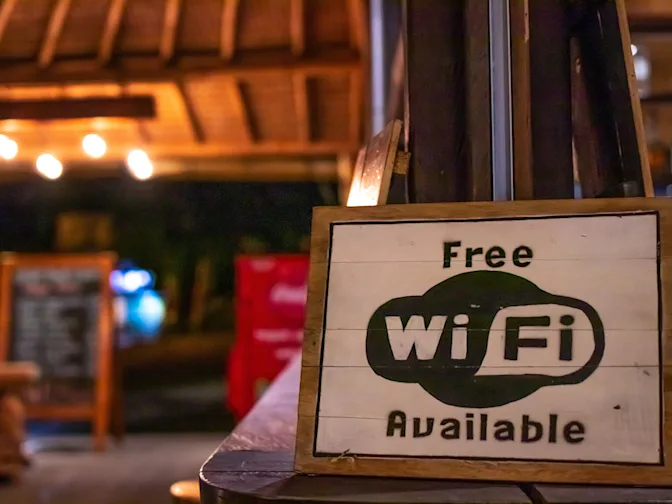
What Hackers Can Steal
When you access your bank account on public Wi-Fi, you may be handing criminals the keys to your finances. Here is what's at risk:
• Usernames and Passwords: Login credentials can be intercepted during an unprotected session.
• Bank Account Details: Cybercriminals can gain access to your account numbers and transaction history.
• Personal Information: Details like your email address, phone number, or address could be used for identity theft.
Best Practices for Safe Online Banking
To protect your financial information, follow these precautions:
1. Avoid Public Wi-Fi for Banking: Whenever possible, use a private, password-protected network or your cellular data. Cellular networks are far more secure than public Wi-Fi and much harder for hackers to infiltrate.
2. Use a VPN: A Virtual Private Network (VPN) encrypts your Internet connection, making it much harder for hackers to intercept your data. VPNs are essential for safeguarding sensitive transactions on public networks.
3. Look for HTTPS: Always check for "https" in the URL of any site you visit, particularly for banking or shopping. The "s" indicates a secure connection, which encrypts the data transmitted between your browser and the website.
4. Enable Two-Factor Authentication (2FA): Adding a second layer of security, such as a texted code or biometric scan, makes it more difficult for hackers to access your account, even if they have your password.
5. Avoid Logging Into Accounts: Even with precautions, it's best to avoid logging into sensitive accounts when connected to public Wi-Fi. Save those tasks for when you're on a secure network.
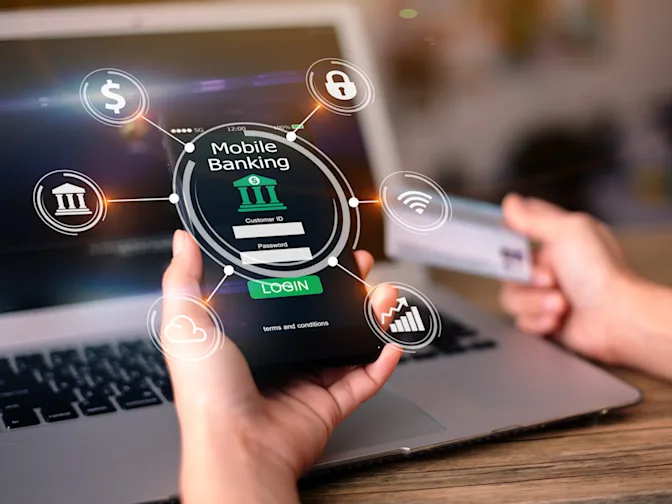
What to Do if You Must Use Public Wi-Fi
If you're in a situation where using public Wi-Fi for banking is unavoidable, follow these steps to reduce your risk:
• Use a VPN to encrypt your connection.
• Disable file sharing and public folder access on your device.
• Avoid entering sensitive information unless absolutely necessary.
• Log out immediately after completing your session.
Stay Vigilant
Protecting your finances doesn't end with secure practices online. Regularly monitor your bank accounts for unauthorized transactions and set up alerts for unusual activity. If you suspect your information has been compromised, report it to your bank immediately.
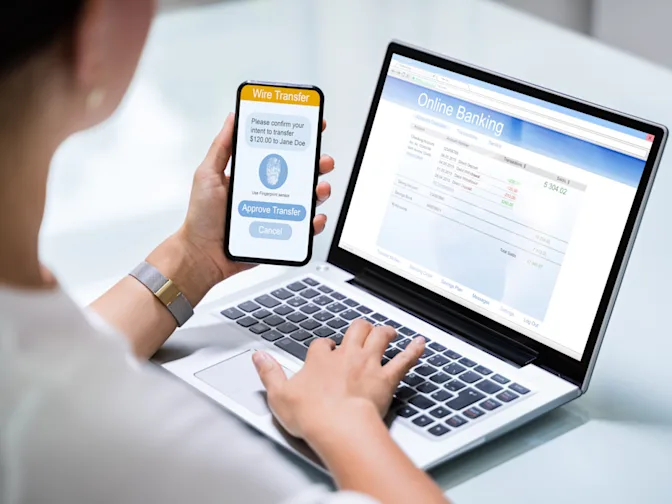
Public Wi-Fi may be convenient, but the risks far outweigh the rewards when it comes to online banking. By sticking to secure networks, using tools like VPNs, and following best practices, you can protect your financial data from cybercriminals. In today's digital world, staying vigilant is the best defense.
References: Dollar Scholar Asks: Is It Safe to Bank on Public Wi-Fi? | Using public wi-fi? These tips can keep you safe | Public Wi-Fi Safety: Tips for Secure Banking on Untrusted Networks

